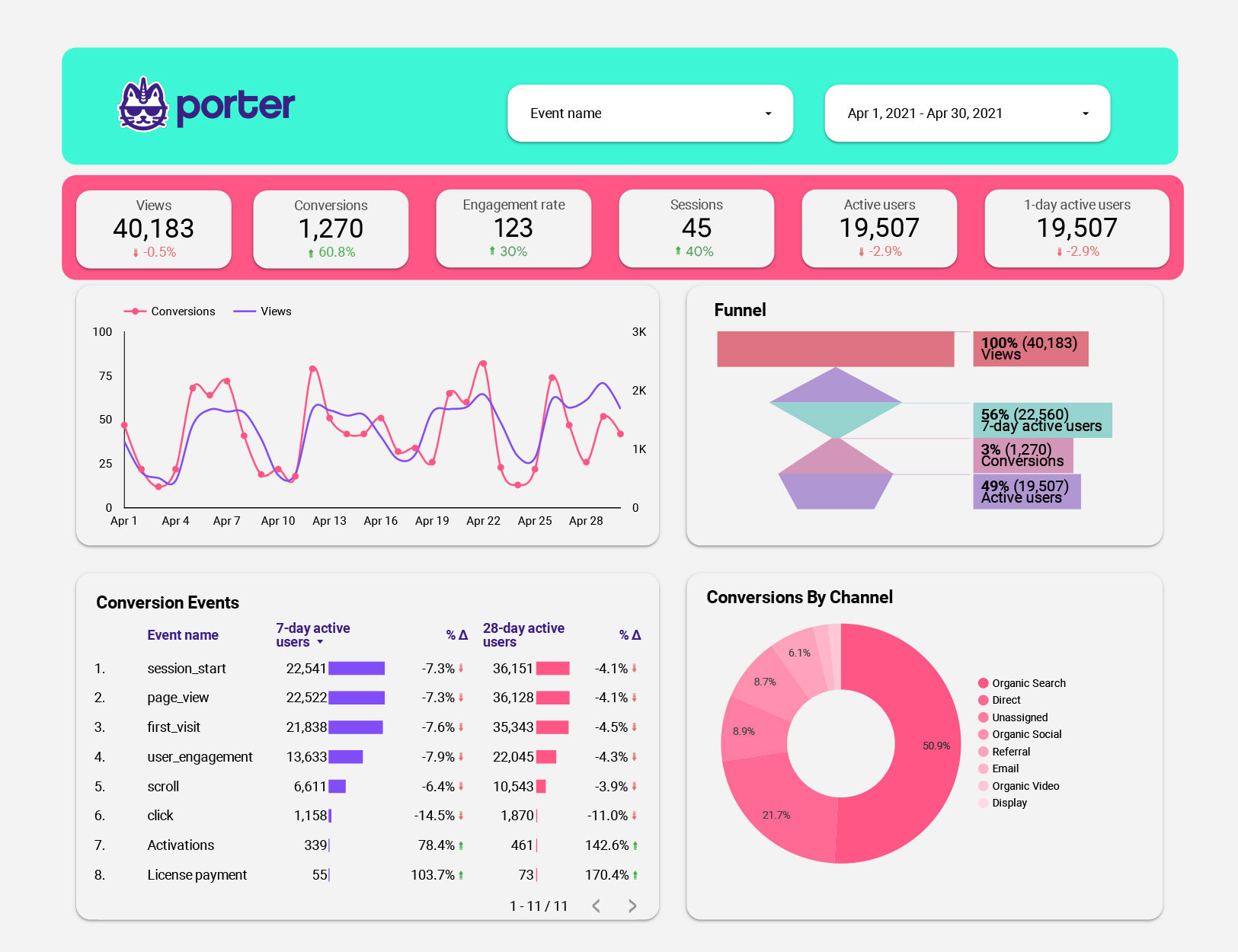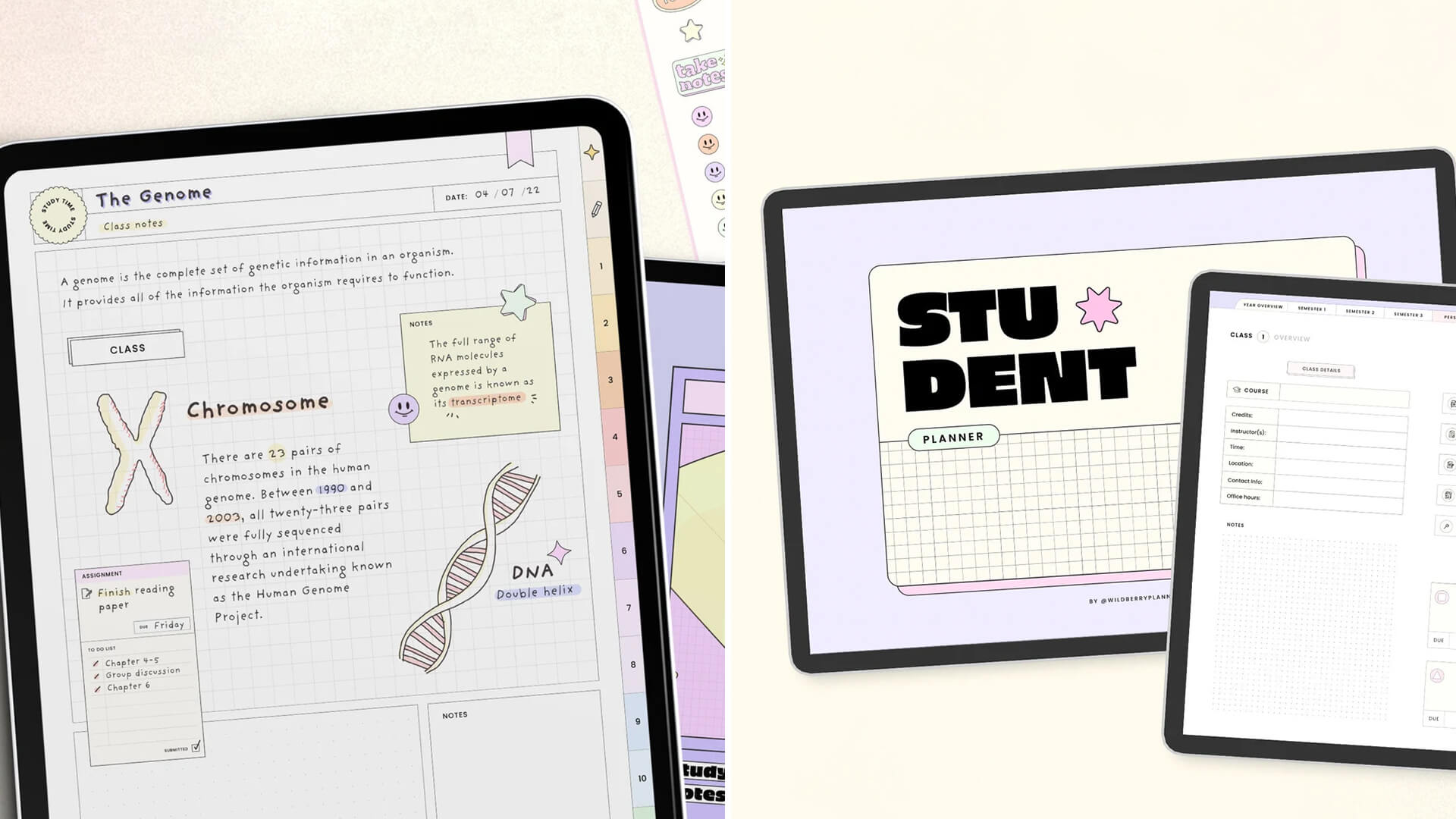Hey there, design enthusiasts! Are you ready to dive deep into the world of templates? Whether you're a seasoned designer or just starting out, understanding the templates can be a game-changer for your creative projects. Templates aren't just about filling in the blanks; they're about unleashing your creativity while maintaining structure and consistency. So, let's get the ball rolling and explore what makes templates so powerful in today's design landscape.
Now, let's be real for a second—templates have become a buzzword in the design industry. But what exactly are they? Simply put, templates are pre-designed layouts that provide a framework for creating various types of content. From website designs to social media posts, templates offer a starting point that saves time and effort while ensuring a polished final product. In this article, we'll break down everything you need to know about templates and how they can elevate your work.
Before we dive into the nitty-gritty, let's address the elephant in the room—why should you care about templates? In today's fast-paced world, efficiency is key. Templates allow you to focus on the creative aspects of your projects without getting bogged down by technical details. Plus, they're versatile, customizable, and can adapt to almost any design need. So, if you're ready to level up your design skills, stick around because we've got a ton of insights to share!
- Unraveling The Intricacies Of The Class System In Mesopotamia
- Foward That Wears Number 20 Soccer A Deep Dive Into Their Impact On The Game
What Are Templates Anyway?
Understanding the Basics
Alright, let's start with the fundamentals. Templates are essentially pre-built frameworks that provide a structure for your design projects. They're like a blueprint that guides you through the design process, ensuring consistency and professionalism. Whether you're designing a website, creating a presentation, or crafting a social media post, templates offer a solid foundation to build upon.
In today's digital age, templates have become indispensable tools for designers. They help streamline the design process, reduce errors, and ensure that your final product meets industry standards. Plus, with the rise of DIY design platforms, templates have made it easier than ever for non-designers to create professional-looking content.
Why Templates Matter
Here's the deal—templates matter because they save you time and energy. Instead of starting from scratch every time, you can use a template as a jumping-off point. This not only speeds up the design process but also allows you to focus on the creative elements that truly make your project stand out.
- A Heartfelt Message To My Crush About My Feelings
- What To Say On A Headstone A Heartfelt Guide To Honoring Your Loved Ones
Moreover, templates help maintain consistency across different platforms and mediums. For instance, if you're designing a brand identity, using templates ensures that all your materials—logos, business cards, social media graphics—have a cohesive look and feel. This level of consistency is crucial for building a strong brand presence.
Types of Templates
Website Templates
Website templates are one of the most popular types of templates out there. They provide a ready-made structure for building websites, complete with pre-designed layouts, color schemes, and typography. Whether you're creating a personal blog, an e-commerce site, or a corporate website, there's a template out there that fits your needs.
One of the coolest things about website templates is their flexibility. Many templates come with customizable options, allowing you to tweak the design to match your brand identity. Plus, with the rise of platforms like WordPress and Squarespace, finding and implementing a website template has never been easier.
Document Templates
Document templates are another essential tool for designers and businesses alike. These templates are used for creating professional documents such as resumes, reports, and presentations. They provide a structured format that ensures your documents are both visually appealing and easy to read.
For instance, if you're creating a business proposal, a document template can help you organize your content in a way that's clear and concise. This not only makes your document more effective but also leaves a lasting impression on your audience.
Social Media Templates
With the rise of social media, templates have become a must-have for creating engaging content. Social media templates provide pre-designed layouts for platforms like Instagram, Facebook, and Twitter. They ensure that your posts are visually appealing and consistent with your brand identity.
What's great about social media templates is that they often come with built-in guidelines for sizing and formatting. This ensures that your content looks great across all devices and platforms. Plus, with the ability to customize colors, fonts, and graphics, you can make your social media templates truly unique.
How to Choose the Right Template
Factors to Consider
Choosing the right template can be a daunting task, especially with so many options available. Here are a few factors to consider when selecting a template:
- Purpose: What is the intended use of the template? Make sure the template aligns with your project goals.
- Customizability: How easily can you modify the template to fit your needs? Look for templates that offer flexibility and customization options.
- Compatibility: Does the template work with your preferred platform or software? Ensure that the template is compatible with your tools.
- Quality: Is the template well-designed and professional-looking? Avoid templates with poor design or low-quality graphics.
Where to Find Templates
Now that you know what to look for, where can you find high-quality templates? Here are a few popular resources:
- Canva: A user-friendly platform with a vast library of templates for various design needs.
- Adobe Stock: A premium resource for high-quality templates, graphics, and stock images.
- Freepik: A great option for free templates and design assets.
- ThemeForest: A marketplace for website templates and themes.
Benefits of Using Templates
Saving Time and Effort
One of the biggest advantages of using templates is the time and effort they save. Instead of starting from scratch, you can use a template as a foundation and focus on customizing it to fit your needs. This not only speeds up the design process but also allows you to allocate more time to the creative aspects of your project.
Ensuring Consistency
Templates help maintain consistency across different platforms and mediums. Whether you're designing a website, creating a presentation, or crafting social media graphics, using templates ensures that all your materials have a cohesive look and feel. This level of consistency is crucial for building a strong brand presence.
Improving Professionalism
Using templates can significantly improve the professionalism of your designs. Pre-designed layouts and color schemes ensure that your final product meets industry standards and looks polished and refined. This is especially important if you're working with clients or representing a business.
Customizing Templates
Tips for Customization
While templates provide a solid foundation, customizing them to fit your needs is key to creating unique and impactful designs. Here are a few tips for customizing templates:
- Start with the basics: Begin by customizing the colors, fonts, and graphics to match your brand identity.
- Experiment with layouts: Don't be afraid to rearrange elements or try new layouts to see what works best for your project.
- Pay attention to details: Small details like spacing, alignment, and typography can make a big difference in the overall design.
Tools for Customization
There are several tools available for customizing templates. Some popular options include:
- Adobe Photoshop and Illustrator: Industry-standard tools for advanced customization.
- Canva: A user-friendly platform for designing and customizing templates.
- Figma: A collaborative design tool that allows for real-time customization and feedback.
Common Mistakes to Avoid
Over-Customization
While customization is key, over-customizing a template can lead to cluttered and confusing designs. Stick to the core elements of the template and make changes that enhance, rather than detract from, the overall design.
Ignoring Brand Guidelines
When customizing templates, it's important to adhere to your brand guidelines. This ensures that your designs remain consistent with your brand identity and messaging. Ignoring brand guidelines can lead to designs that look disjointed or unprofessional.
Using Low-Quality Assets
Using low-quality graphics, images, or fonts can ruin even the best-designed template. Always opt for high-quality assets that enhance the overall look and feel of your design.
Real-Life Examples of Templates in Action
Website Templates
Take a look at some of the most successful websites out there, and you'll notice that many of them started with a template. For instance, many e-commerce sites use Shopify templates to create professional and functional online stores. These templates provide a solid foundation while allowing for customization to fit the unique needs of each business.
Social Media Templates
Brands like Nike and Apple use social media templates to create visually stunning and consistent content across all platforms. These templates ensure that their posts are not only eye-catching but also aligned with their brand identity.
Conclusion
So, there you have it—a comprehensive guide to the world of templates. From website designs to social media graphics, templates offer a powerful tool for creating professional and impactful designs. By understanding the basics, choosing the right template, and customizing it to fit your needs, you can take your design projects to the next level.
Now it's your turn! Whether you're a designer, a business owner, or just someone looking to create better content, templates can be a game-changer for your projects. So, go out there, explore the world of templates, and let your creativity shine. And don't forget to share your thoughts and experiences in the comments below!
Table of Contents
- What Are Templates Anyway?
- Types of Templates
- How to Choose the Right Template
- Benefits of Using Templates
- Customizing Templates
- Common Mistakes to Avoid
- Real-Life Examples of Templates in Action


![5 Free Time Management Templates [Download Now]](https://offers.hubspot.com/hubfs/Feat Image - Time Management Templates.png)
Detail Author:
- Name : Prof. Olin Veum
- Username : raynor.meta
- Email : mwehner@yahoo.com
- Birthdate : 2004-02-01
- Address : 85172 Josh Station Suite 661 New Zolafort, IA 03297-8297
- Phone : (606) 845-2852
- Company : Kling, Gerlach and Bayer
- Job : Fabric Mender
- Bio : Eos amet optio quo ratione harum. Aperiam voluptatem nemo officiis dolorem. Et consequatur laboriosam nihil aut reprehenderit. Hic eum dolores qui possimus.
Socials
twitter:
- url : https://twitter.com/jakubowski2010
- username : jakubowski2010
- bio : Veniam asperiores eos sed rerum. Quo eos ea ipsa ad eos qui ut. Amet et vero sint quia perspiciatis dolorem.
- followers : 5883
- following : 2479
instagram:
- url : https://instagram.com/rhiannon_dev
- username : rhiannon_dev
- bio : Dolorem velit quia mollitia magnam odit. Ut dolor ut officiis consequuntur nam.
- followers : 5961
- following : 2211
facebook:
- url : https://facebook.com/rjakubowski
- username : rjakubowski
- bio : Et voluptatem id rerum ut. Eaque deleniti ad rerum quaerat aut porro pariatur.
- followers : 3959
- following : 1246
tiktok:
- url : https://tiktok.com/@rhiannon8140
- username : rhiannon8140
- bio : Qui laudantium molestiae ex modi aut aut voluptatem.
- followers : 3187
- following : 1392